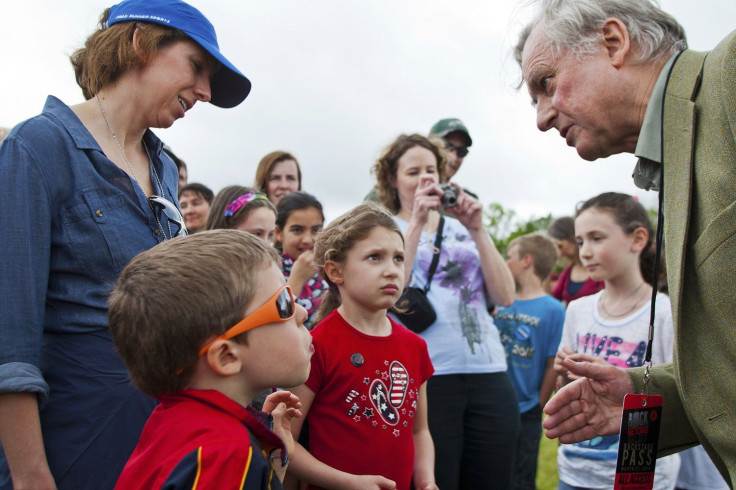6th Mass Extinction Threatens Earth, Study Says

A research published in Science Advances compared current extinction rates to background extinction rates noted during previous mass extinctions. The researchers tried to establish a connection between human activities and mass extinction using an estimate derived using extremely conservative assumptions and concluded that “the average rate of vertebrate species loss over the century is up to 114 times higher than the background rate.”
Mass extinctions happen when vast numbers of species die out at the same time or within a short period of time. So far, the world had experienced five mass extinctions, the worst of which happened during the Permian mass extinction. Dubbed “the Great Dying,” the event wiped out 96 percent of the world’s species.
The last mass extinction to happen was called Cretaceous-Tertiary or K-T extinction, during which time dinosaurs were wiped out along with about 50 percent of the world’s flora and fauna. The cause of the extinction is still being debated by palaeontologists, though many agree that an asteroid with a 10-kilometre impact played a vital role in it.
Some 65 million years later after the K-T extinction, the Earth once again stands in the brink of losing majority of its species. Only now, researchers concluded it was not caused by any natural disasters but rather instigated by human activities.
Indeed, the previous extinctions happened well before the time of man with natural disasters providing unliveable conditions to various species. During recent times, however, human activities such as poaching, illegal logging and excessive carbon footprints serve to be the catalyst.
The World Wild Life Fund lists conservation statuses of species with 17 critically endangered, 33 endangered, 15 and 10 near threatened. The researchers suggested slowing down the decay of biodiversity and its accompanying grim consequences is still possible through strengthened conservation efforts, although “that window of opportunity is rapidly closing.”
Indeed, people in the science community are not the only ones concerned with the rapid decline of environmental conditions. Pope Francis in his recently released encyclical letter on the environment with the title “Laudato Si” or “Praised Be” warned of the severe repercussions of climate change. In his letter, the pope called for an ecological conversion and he urged the readers to think of the kind of world they want to leave to the future generations.
For feedback/comments, contact the writer at ailyanaferrer.salumbides@gmail.com.





















